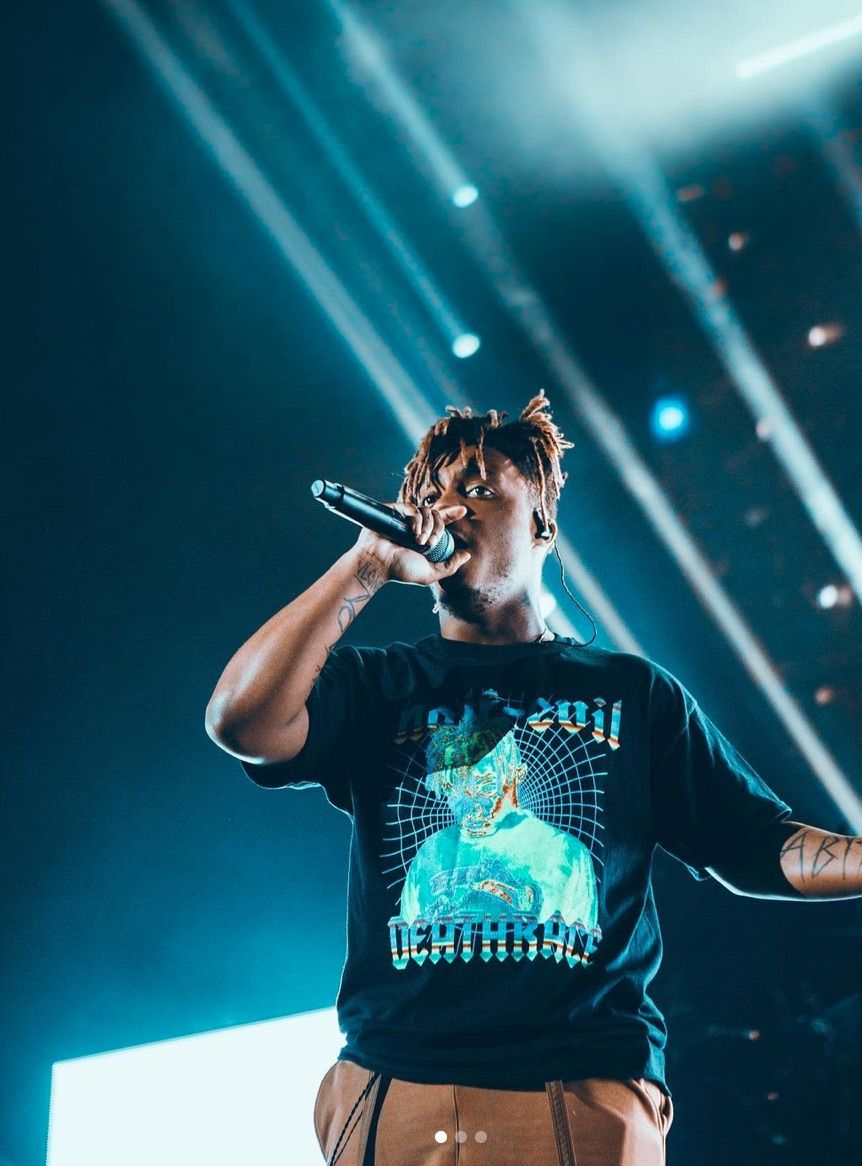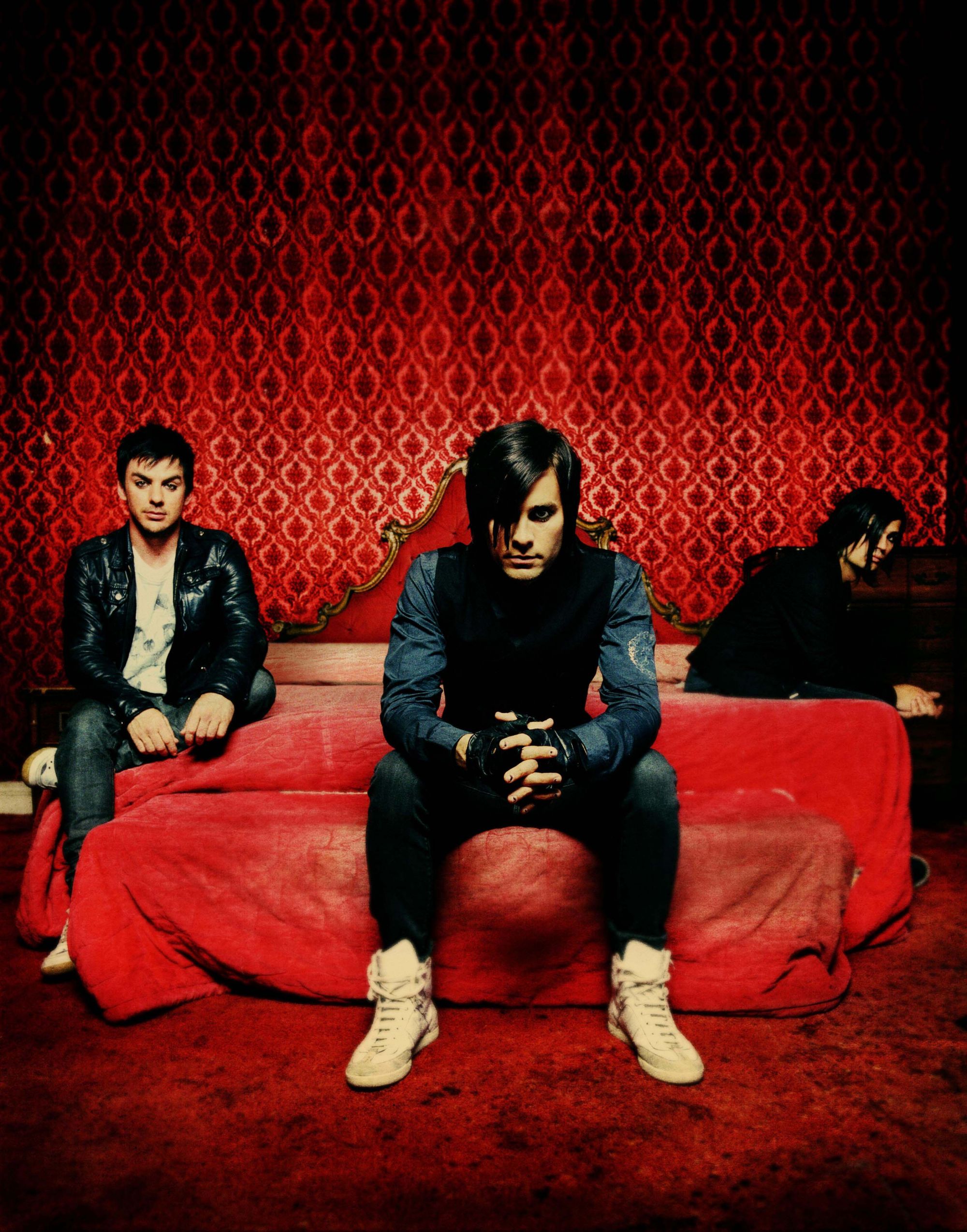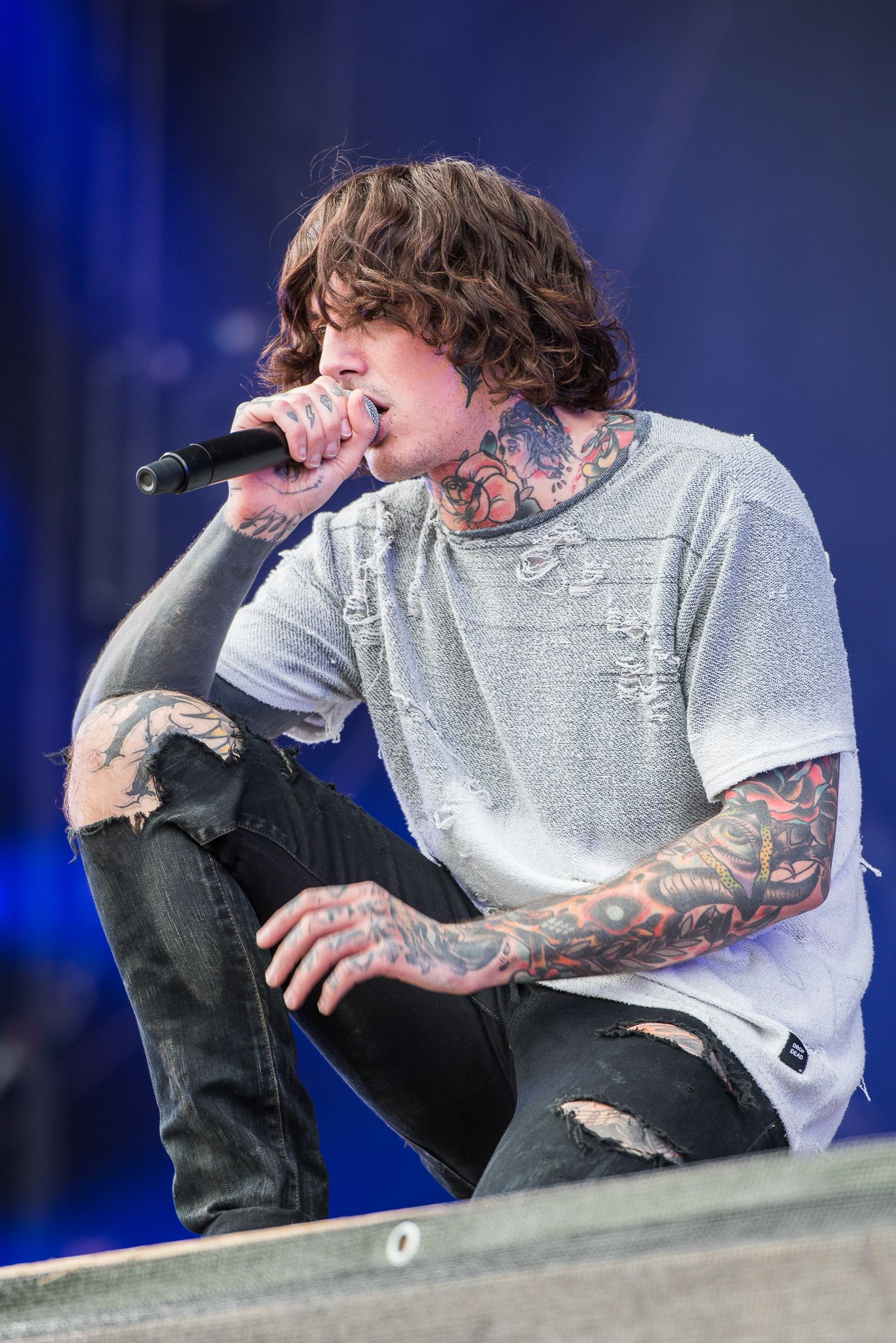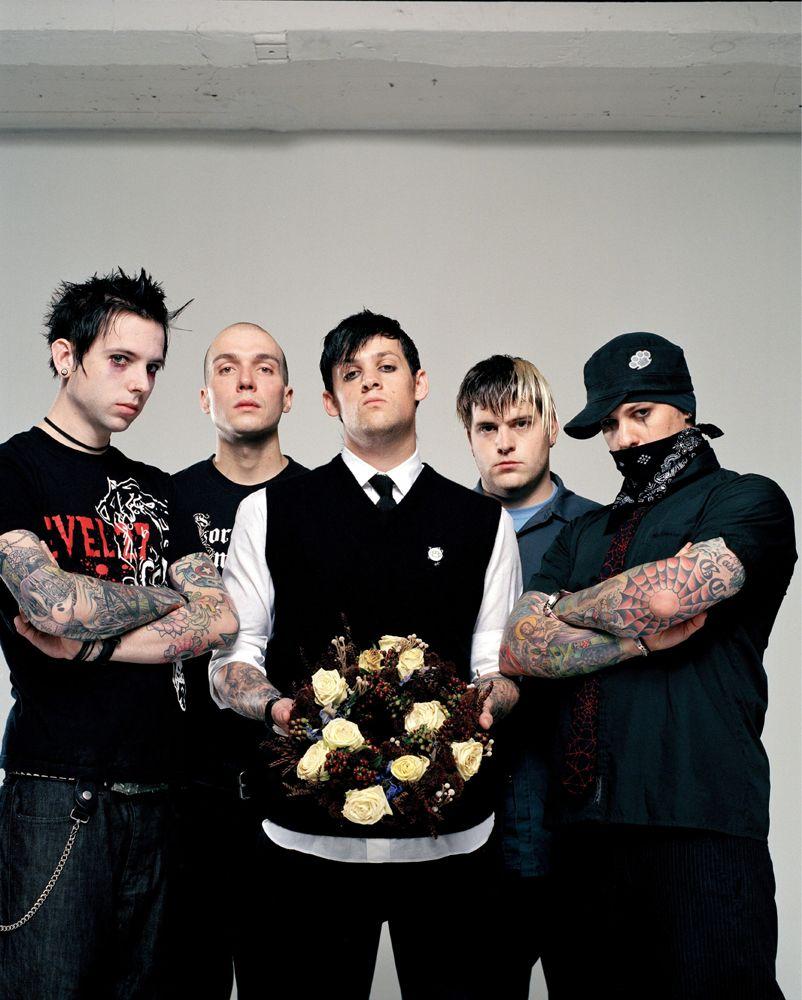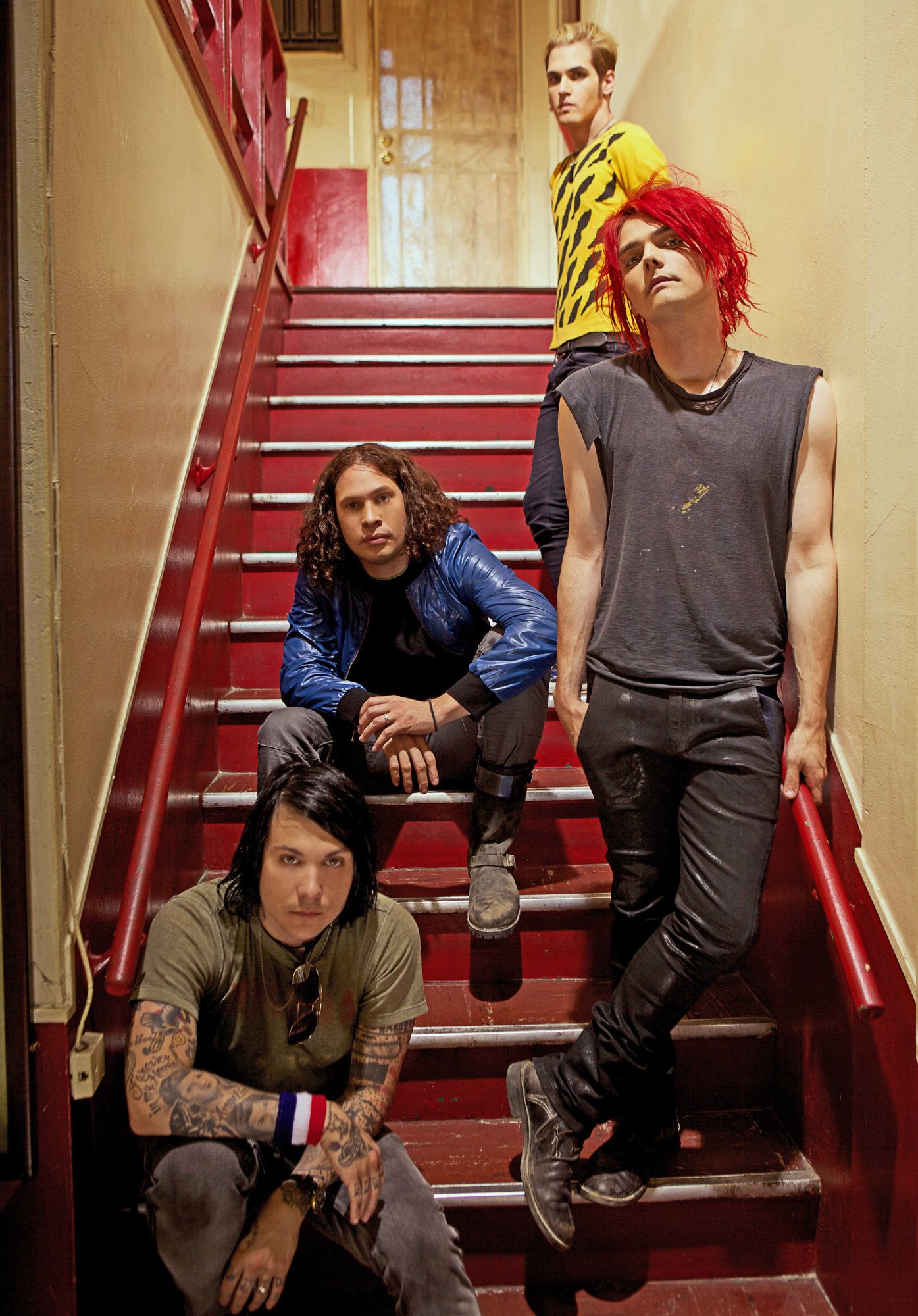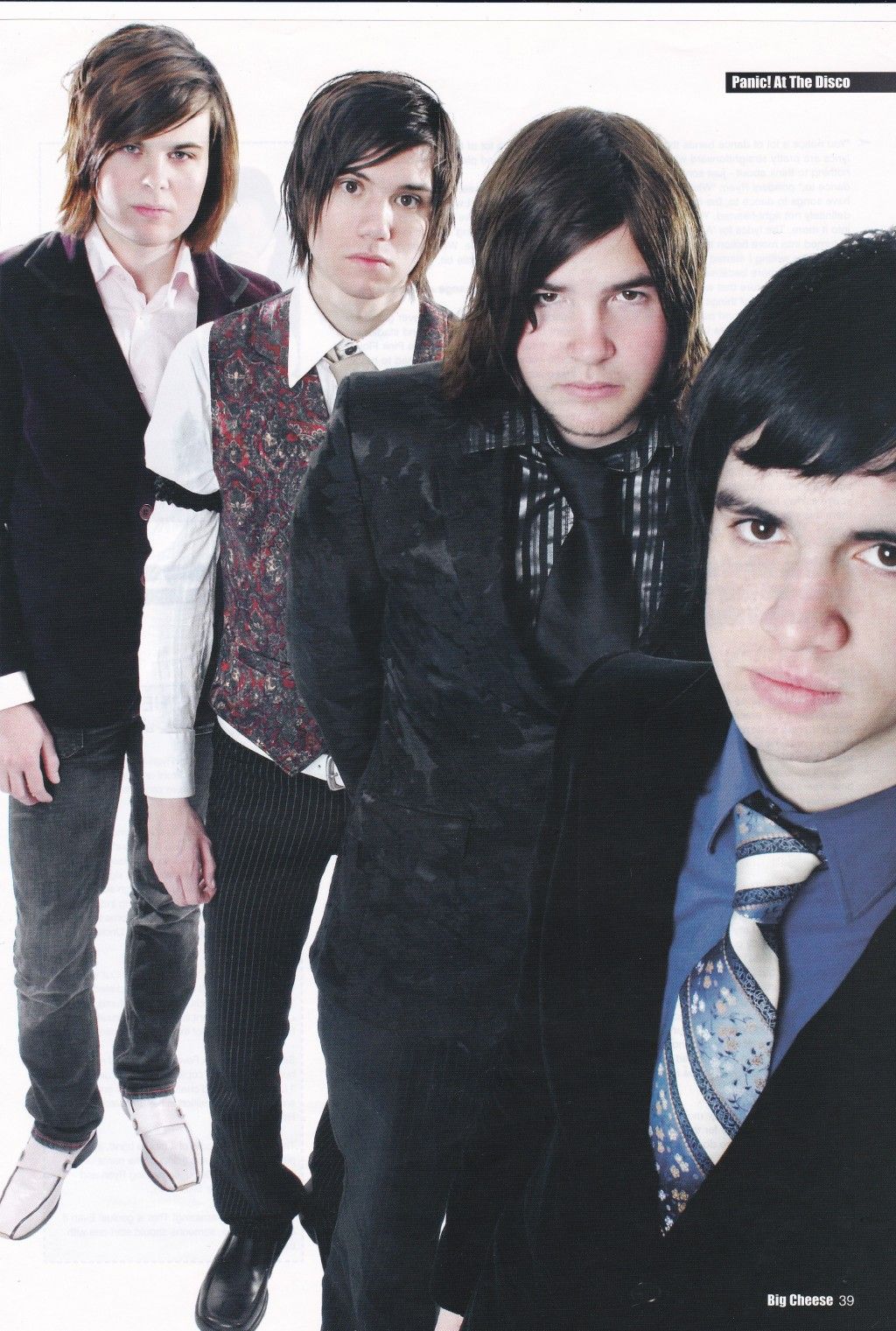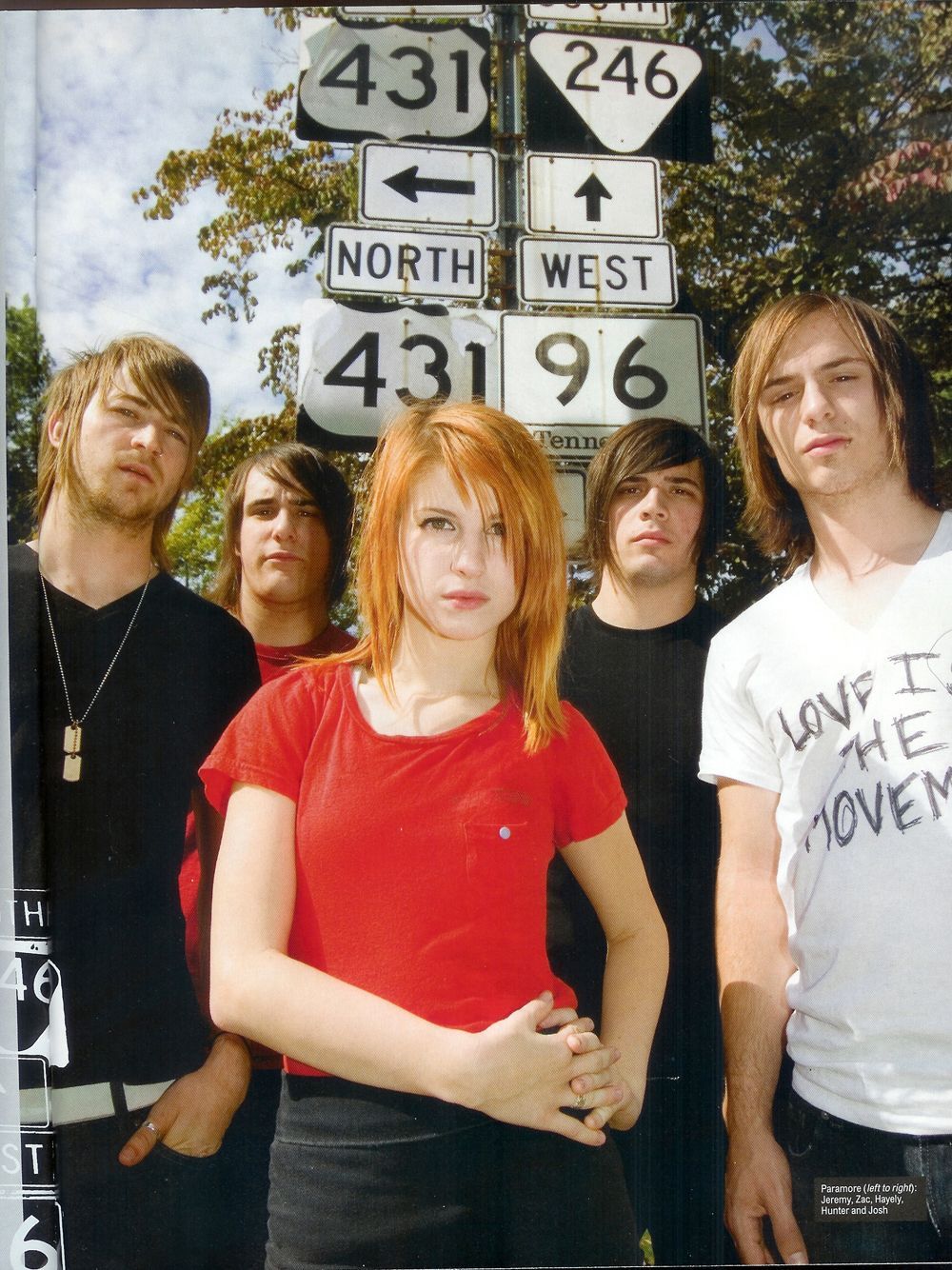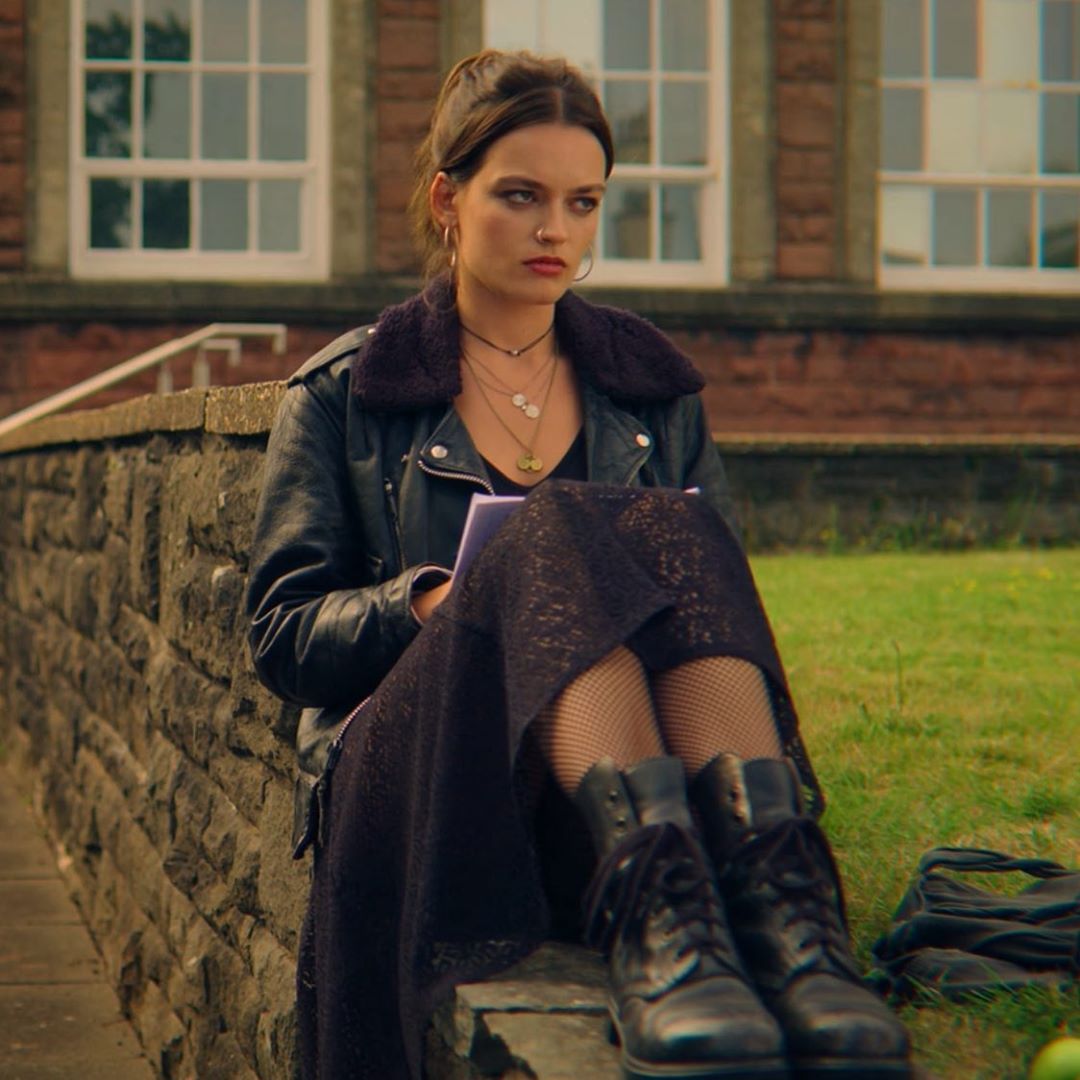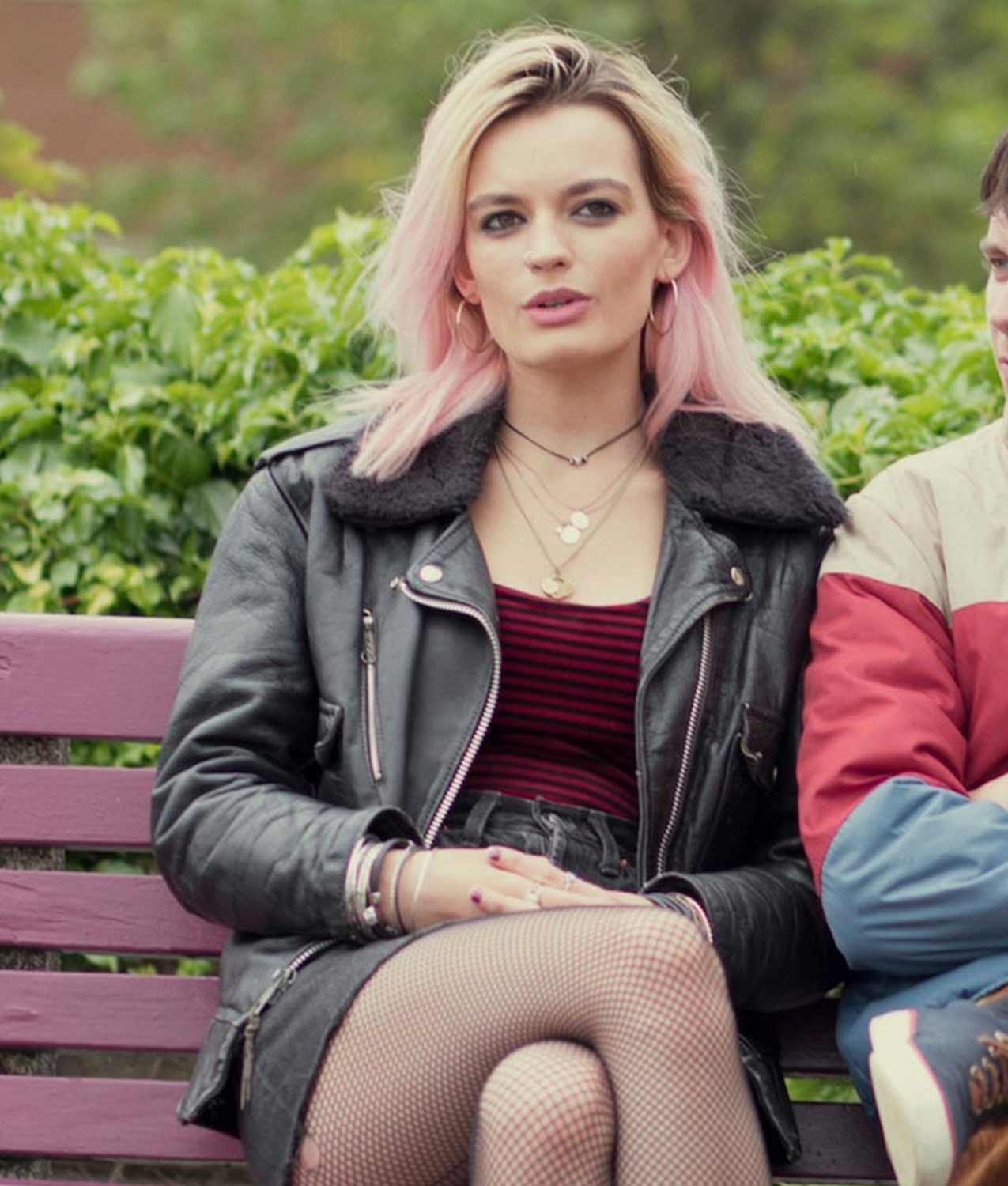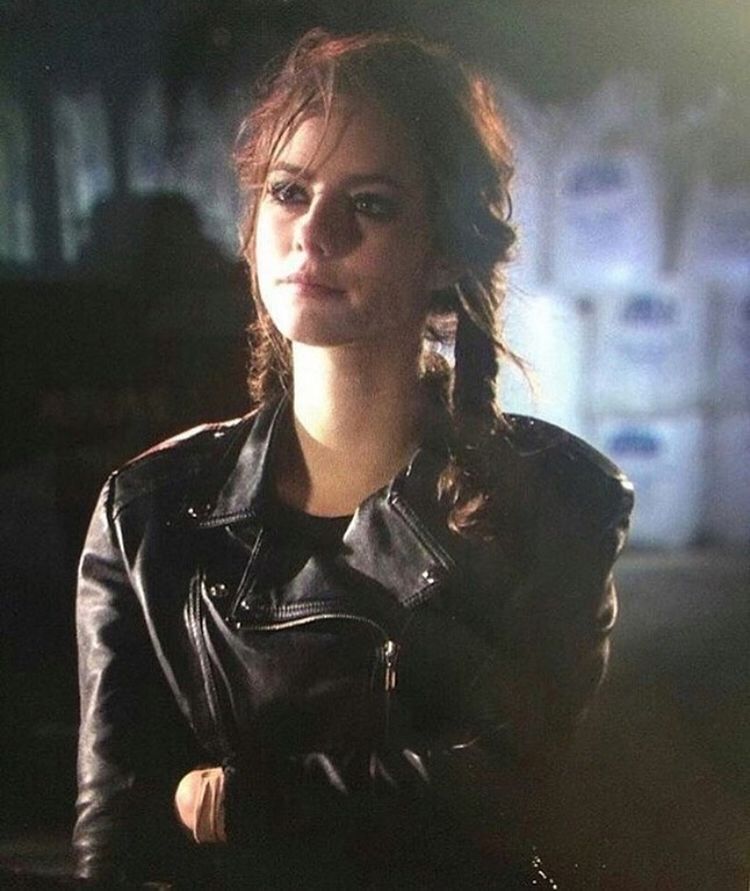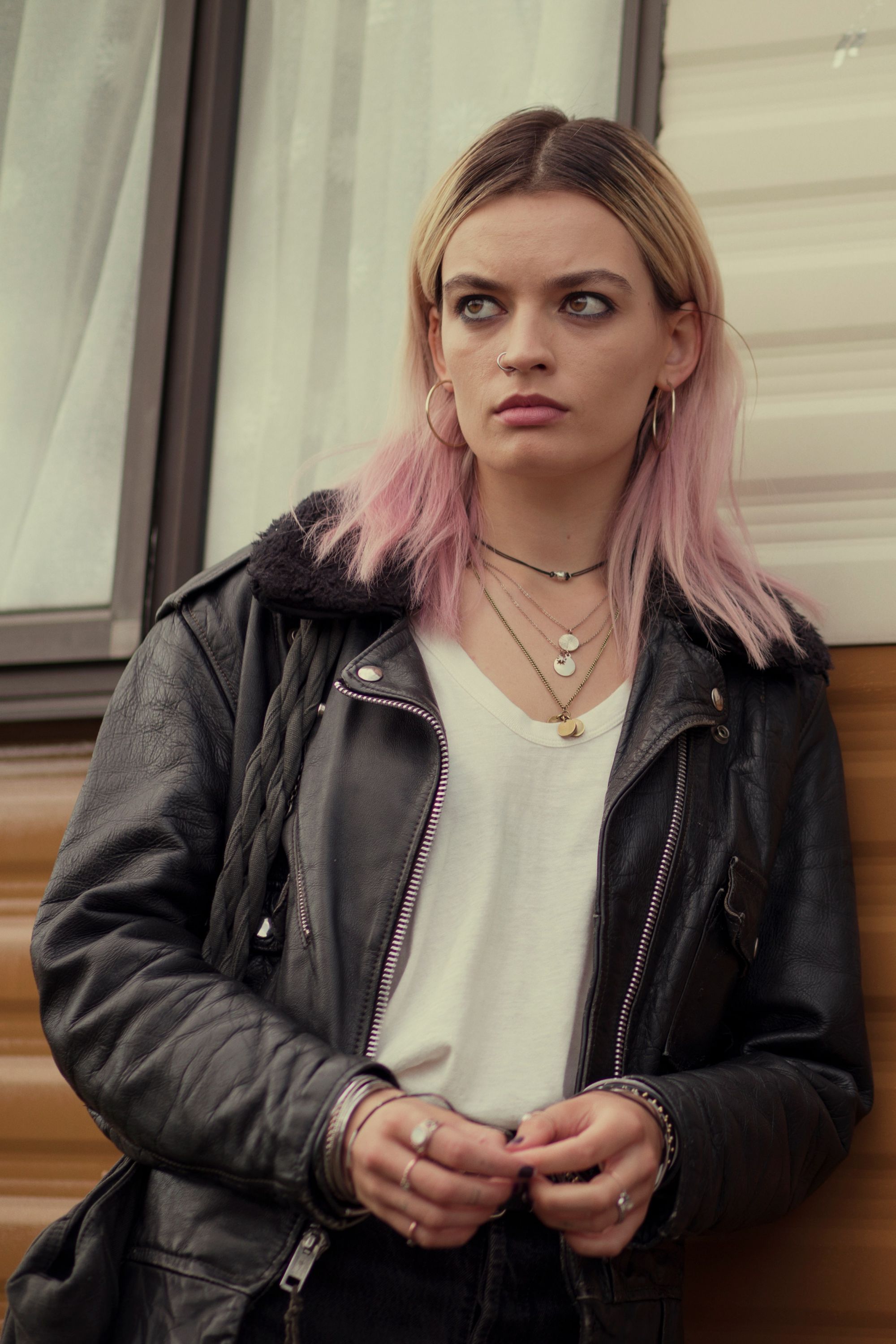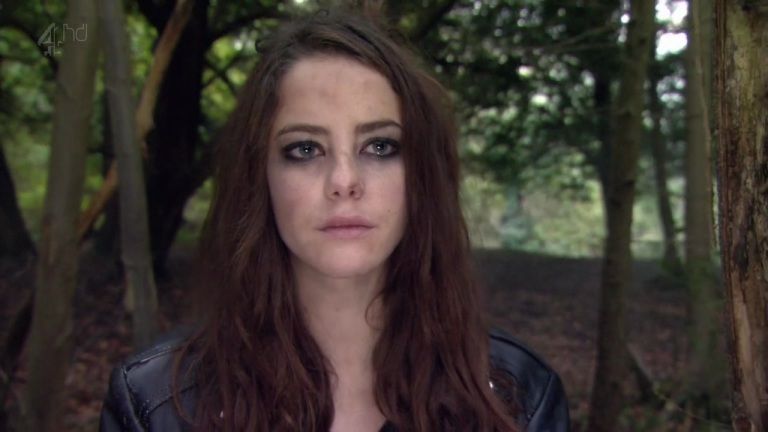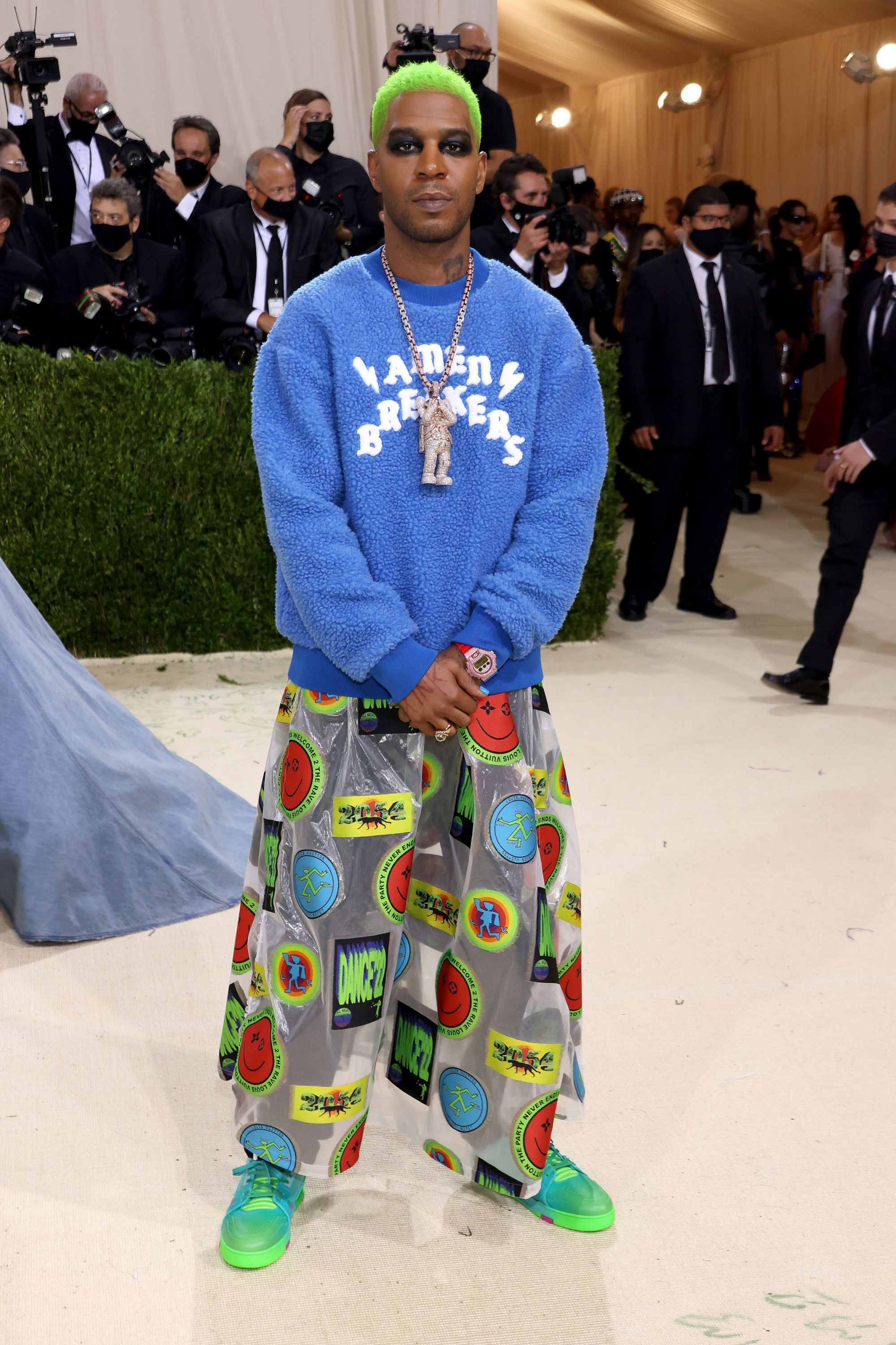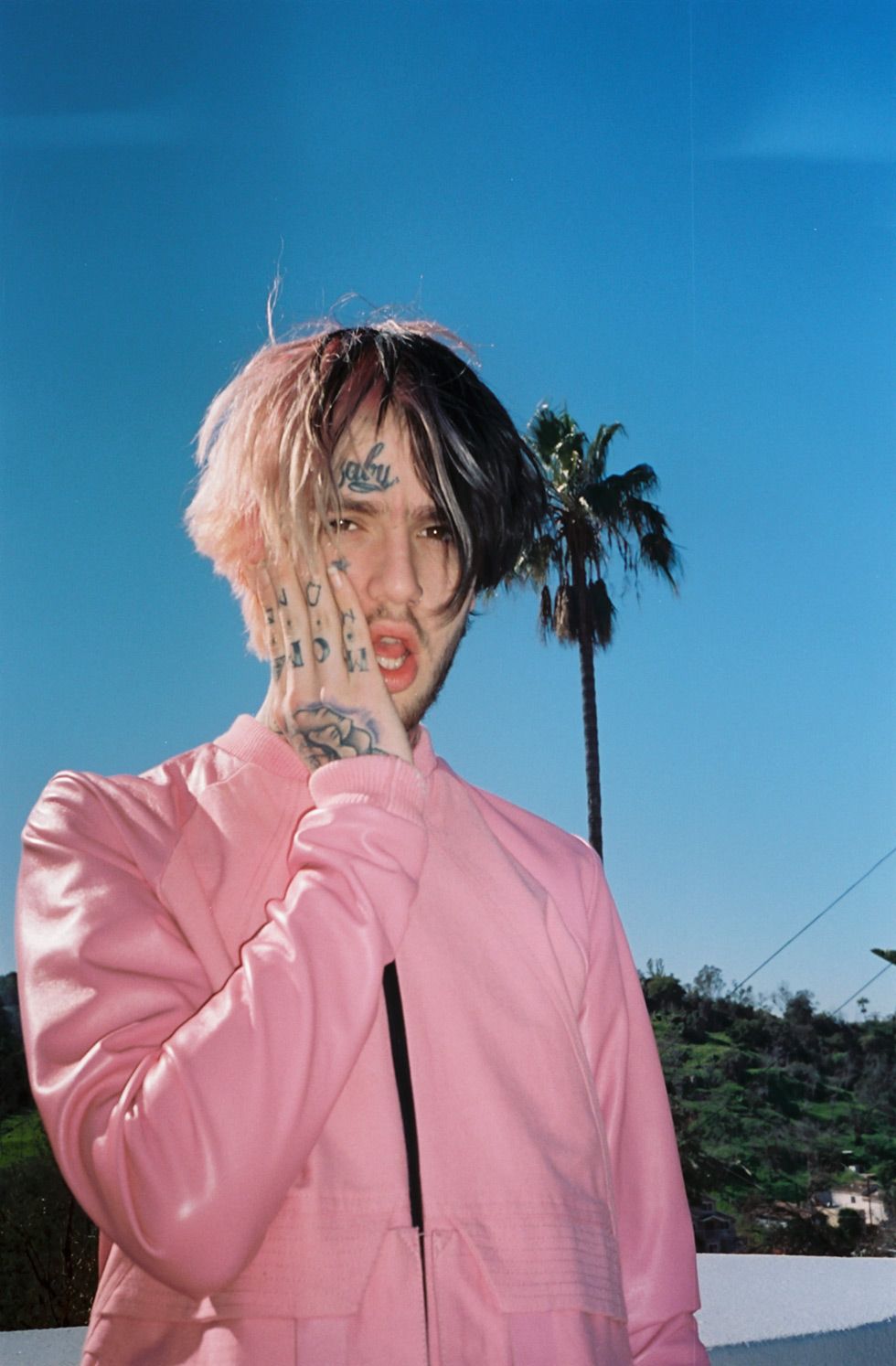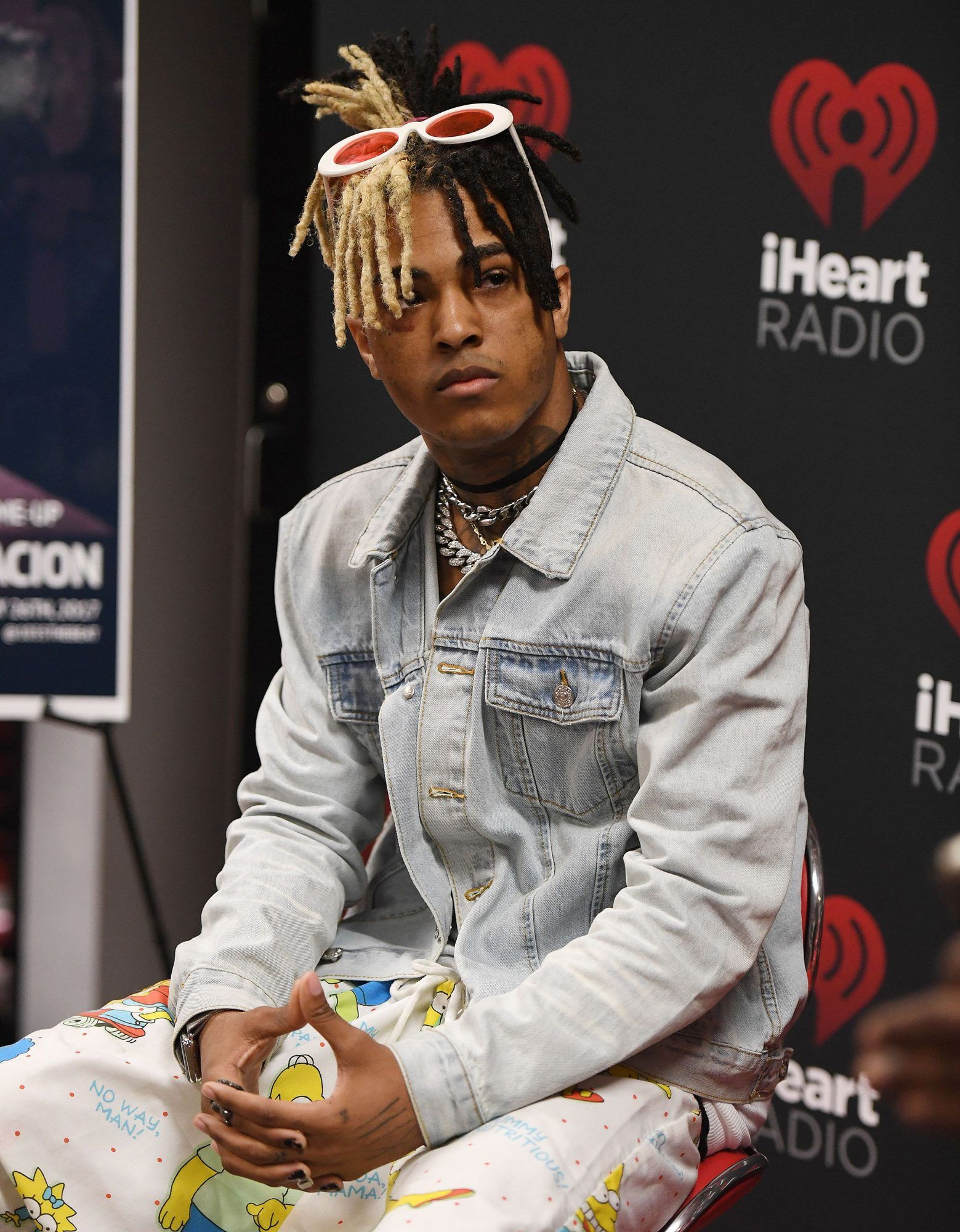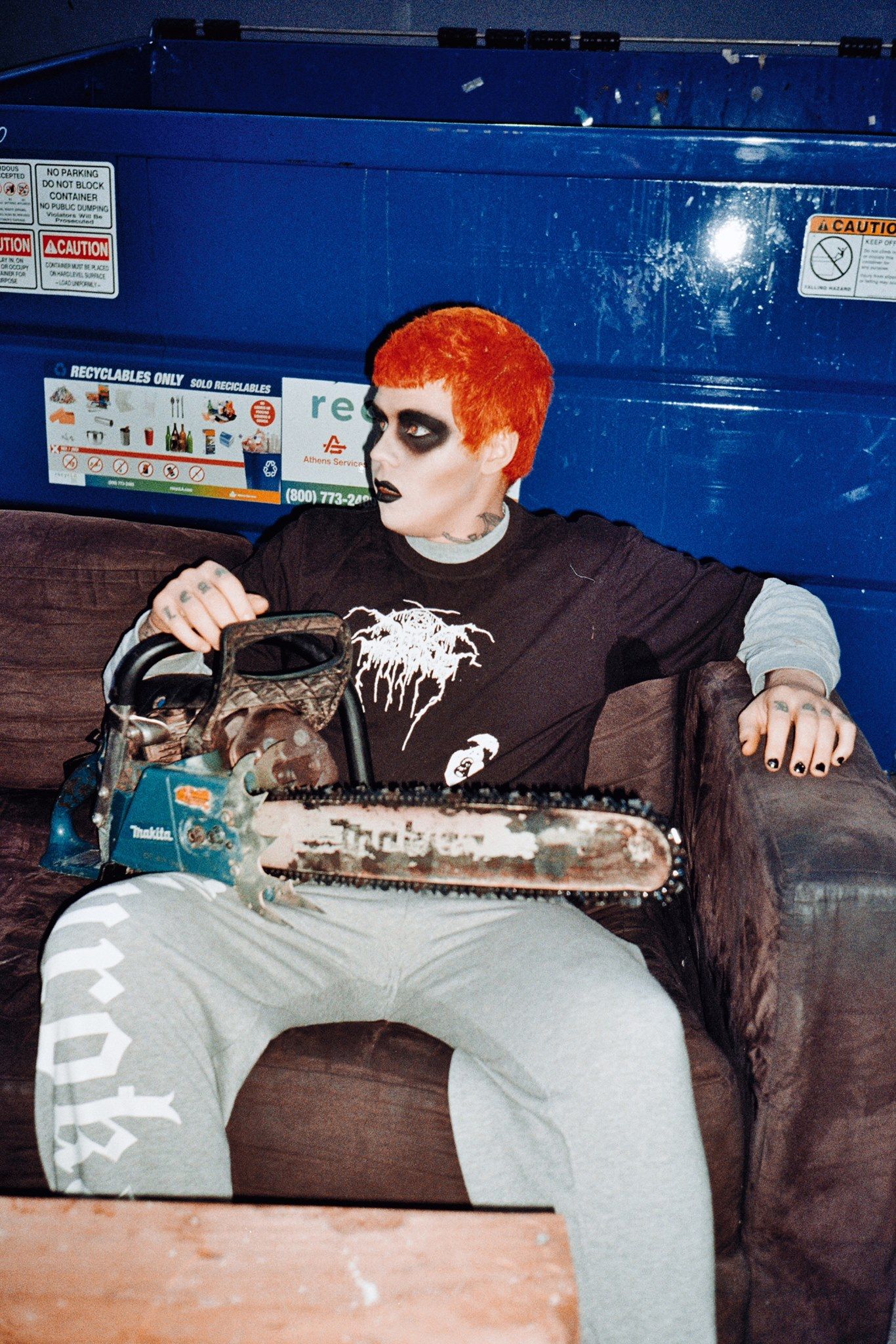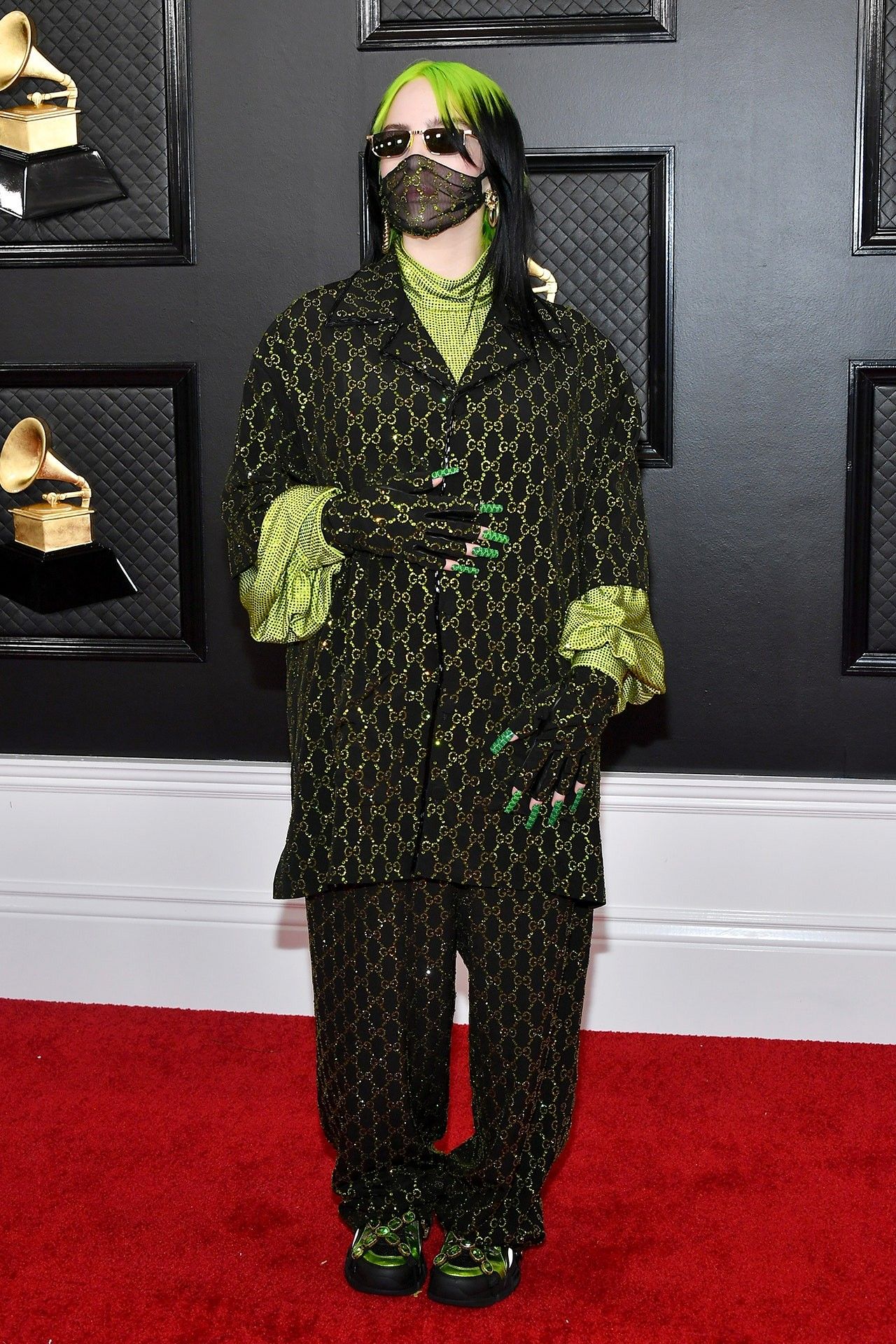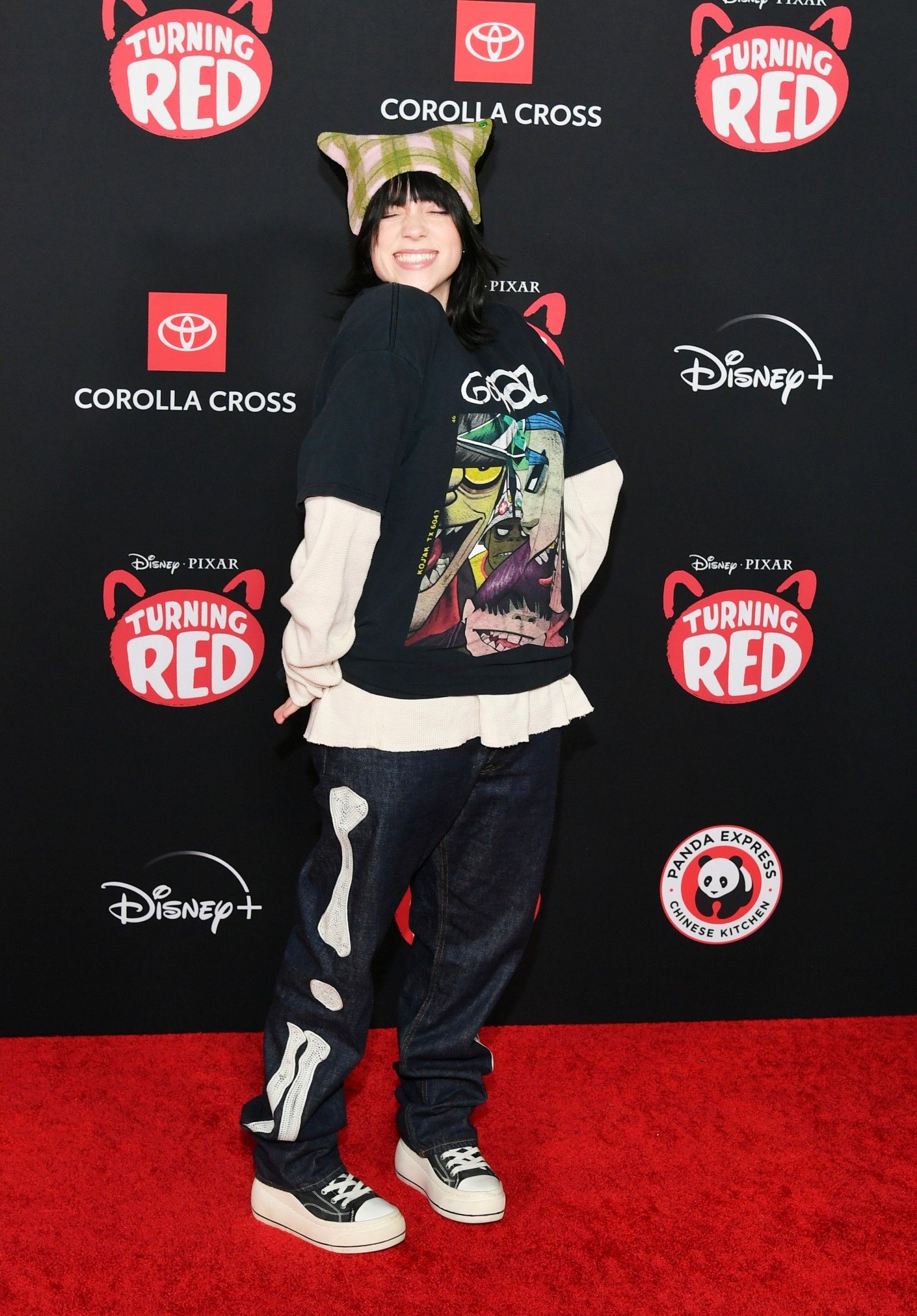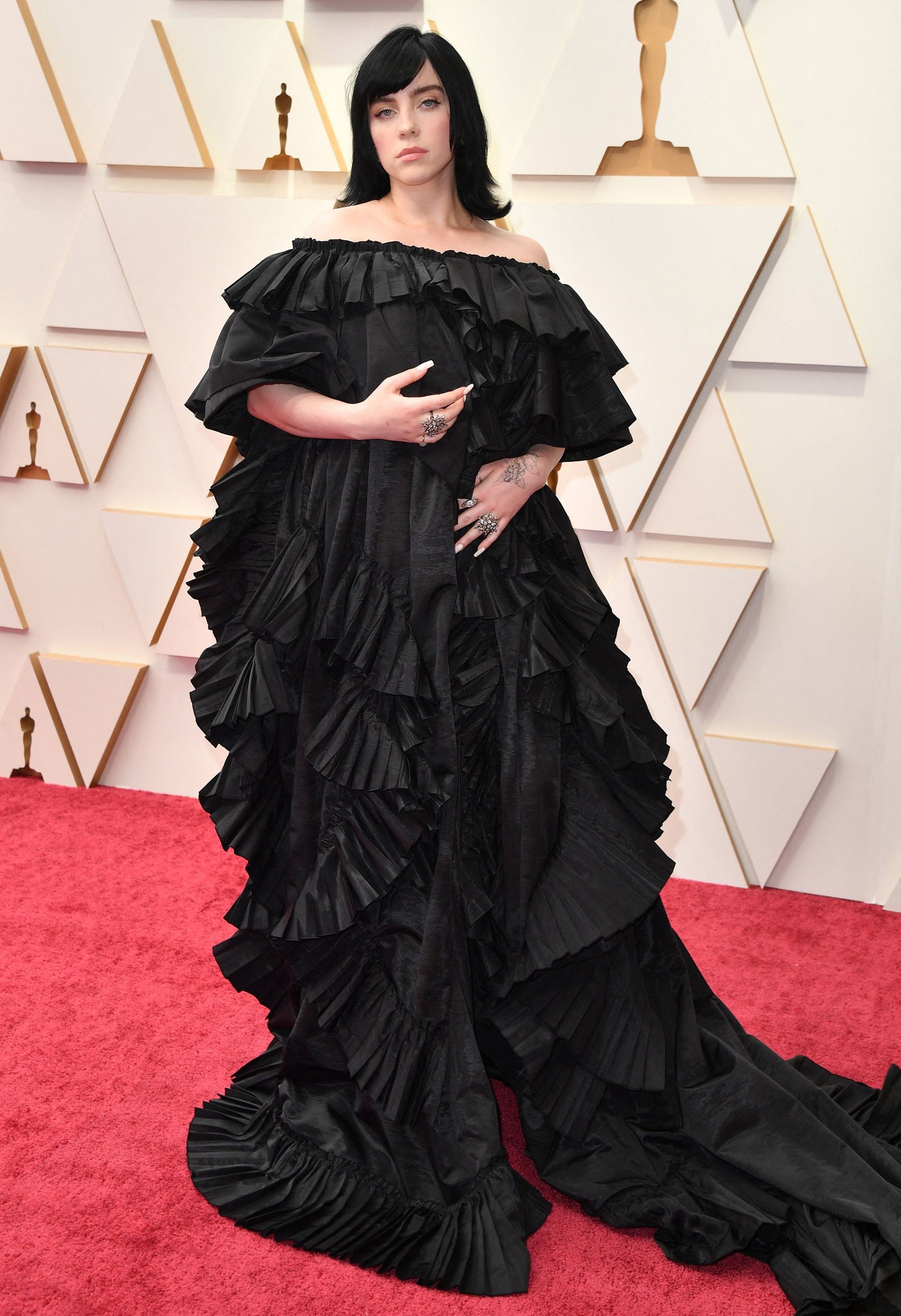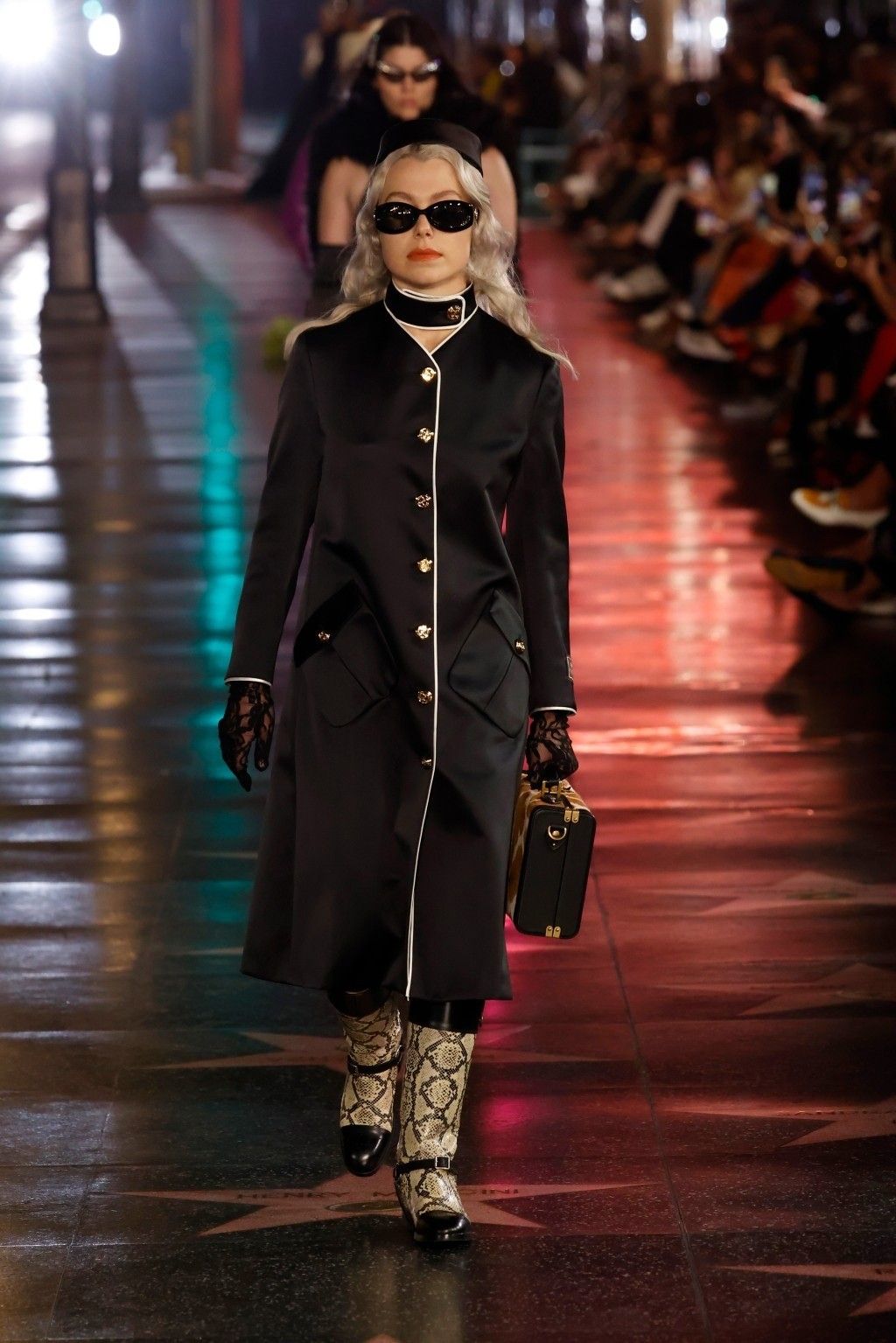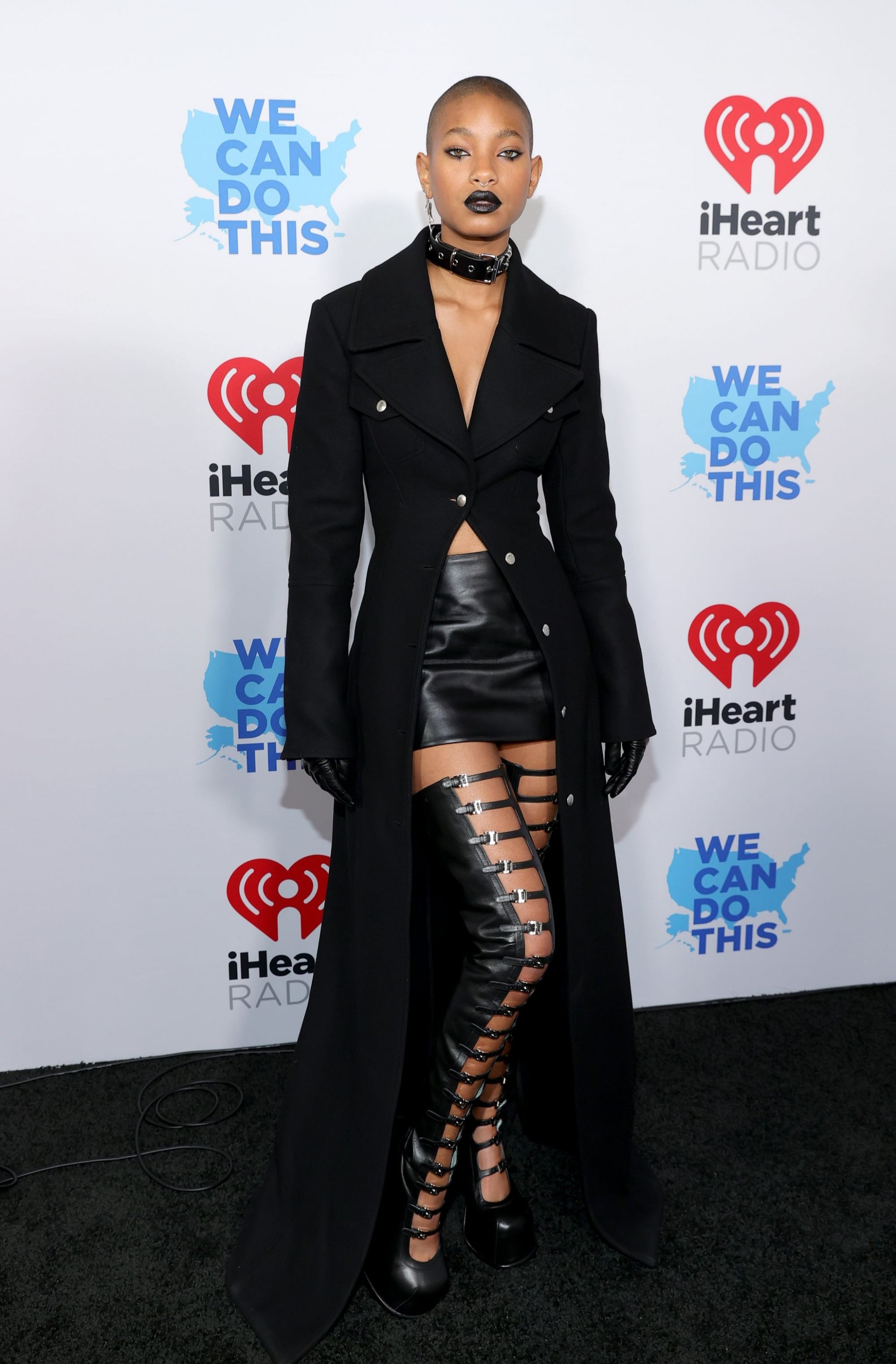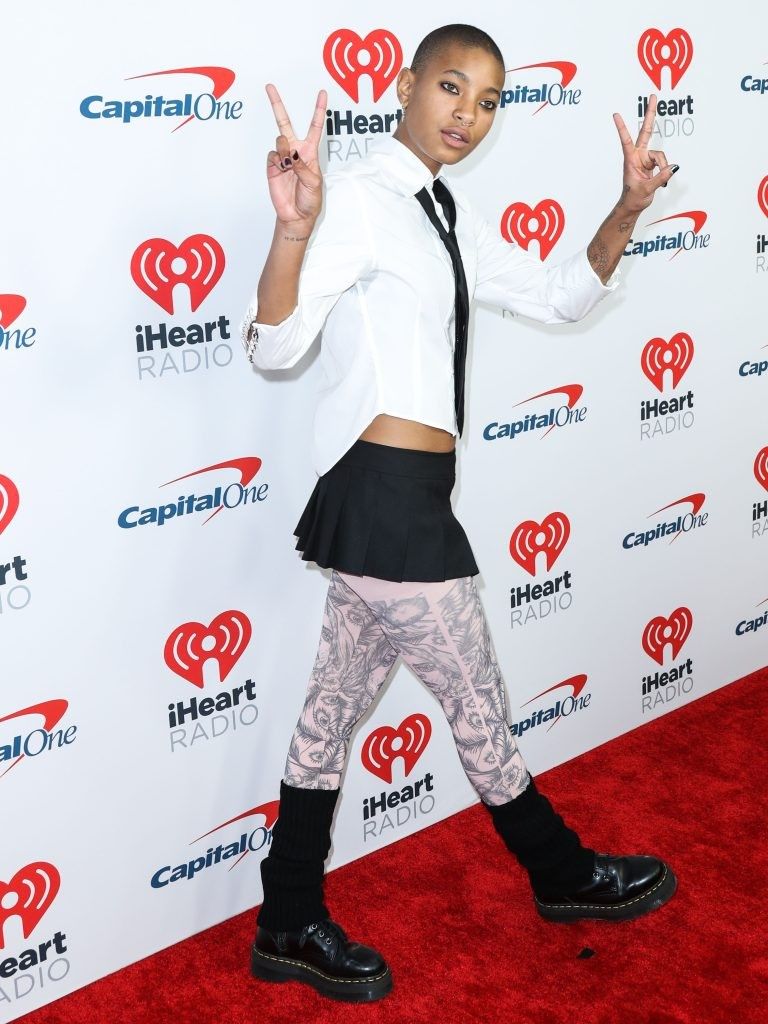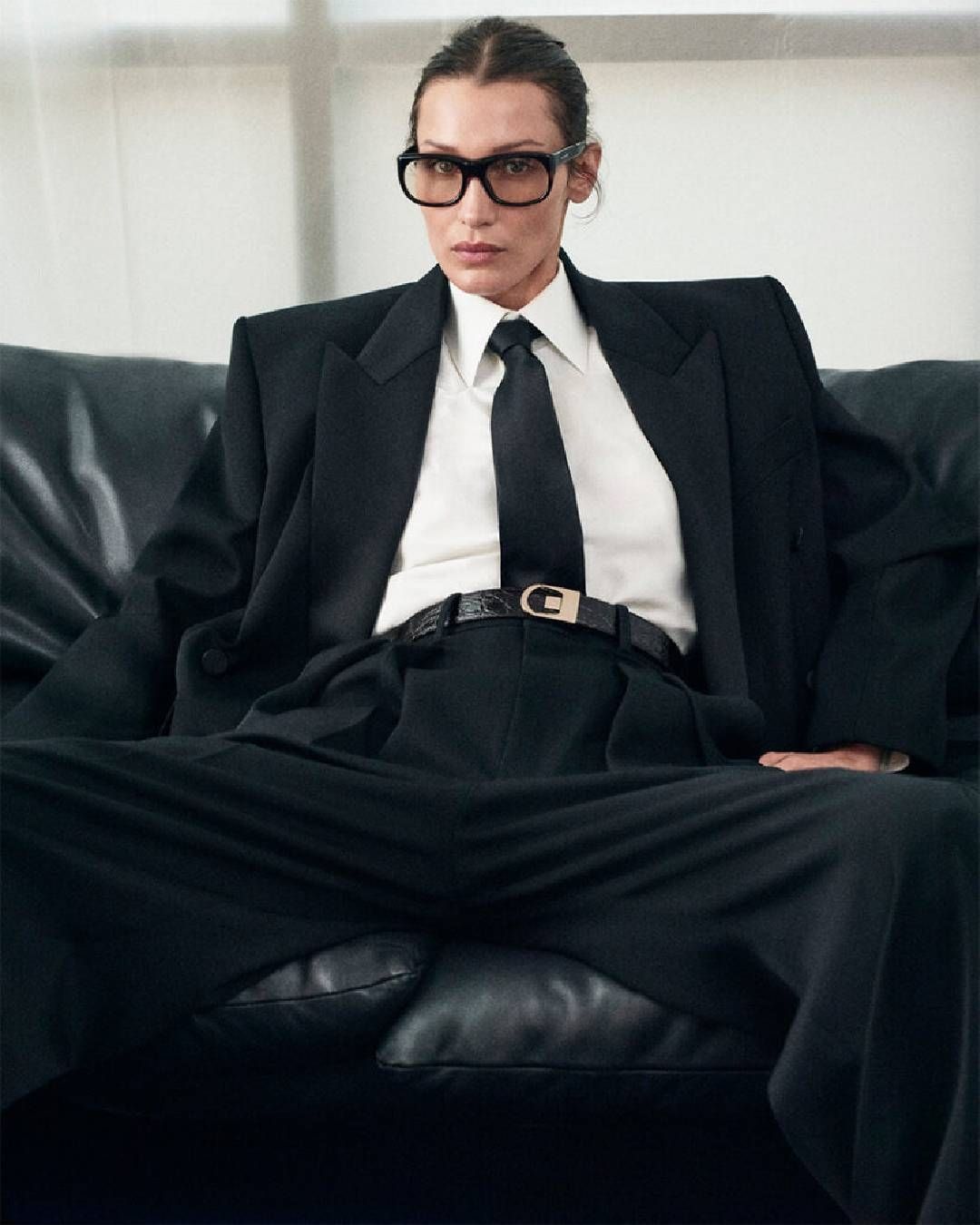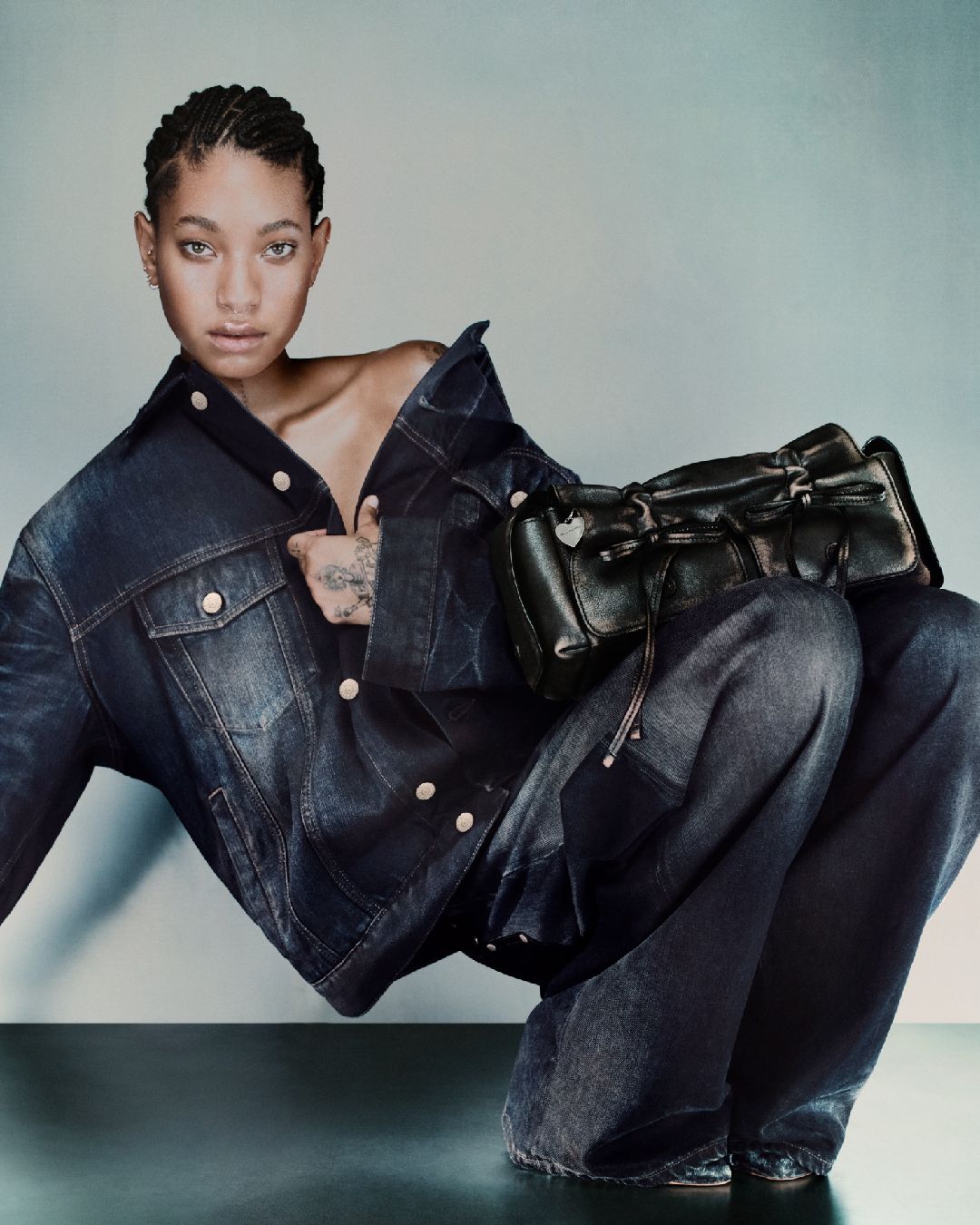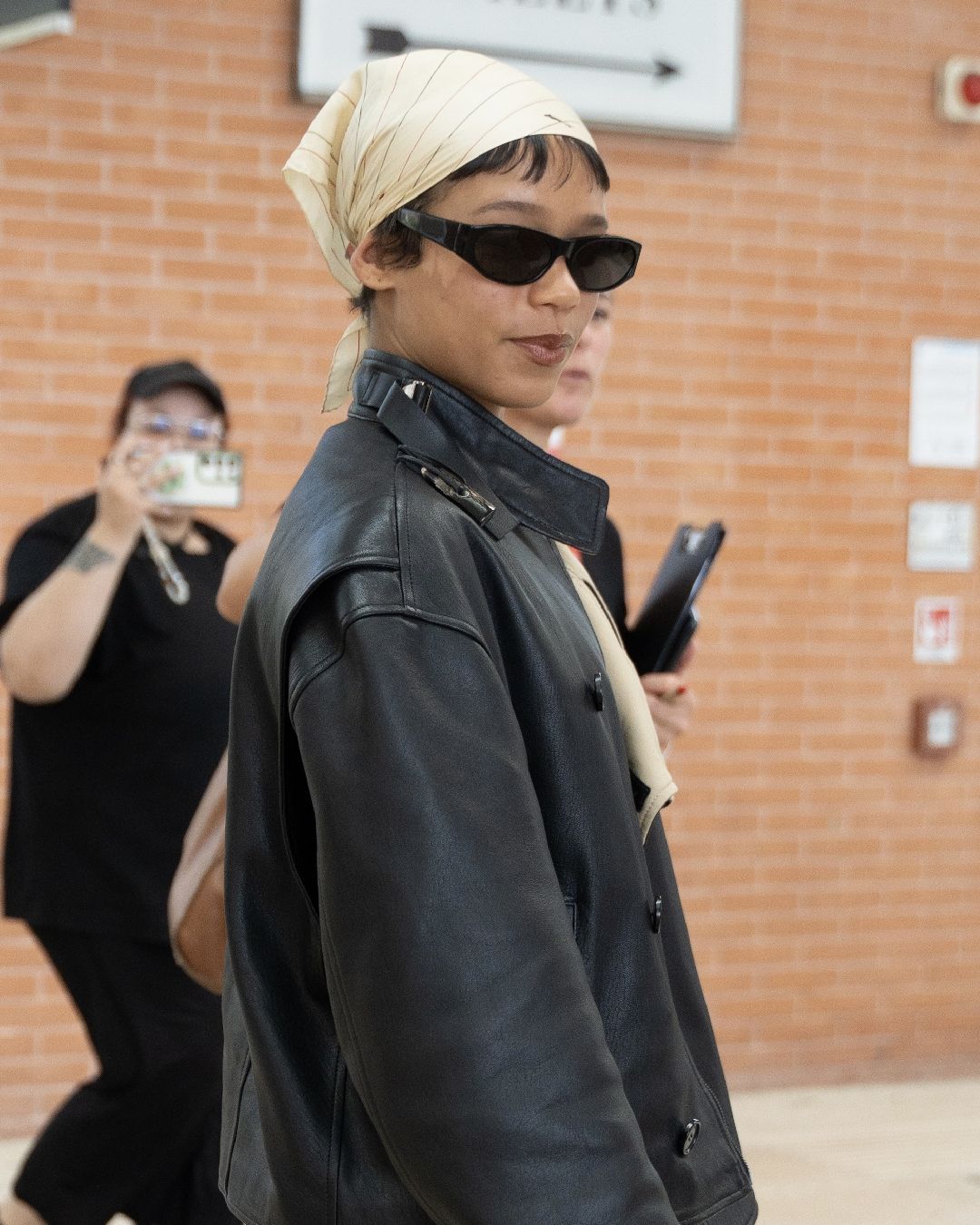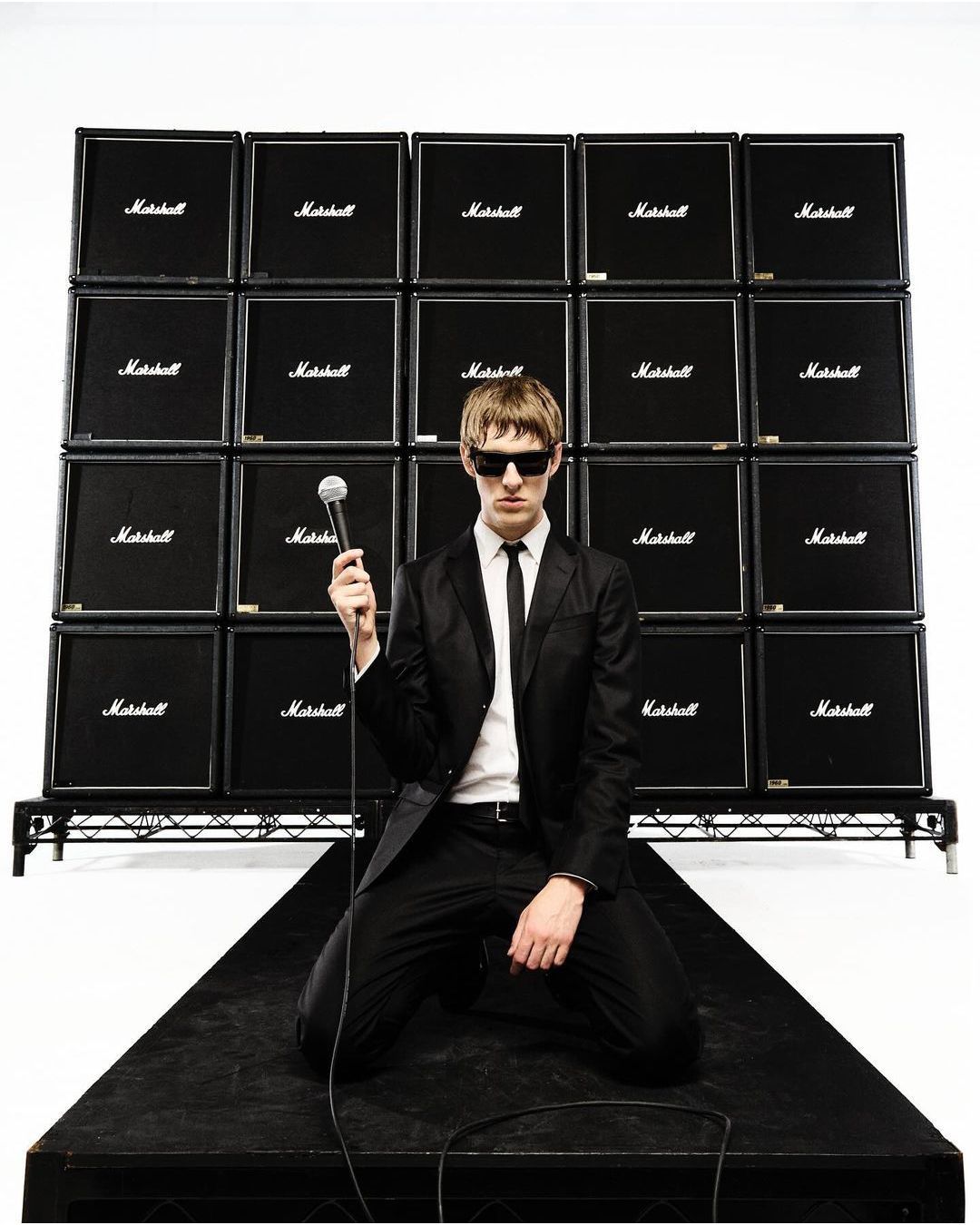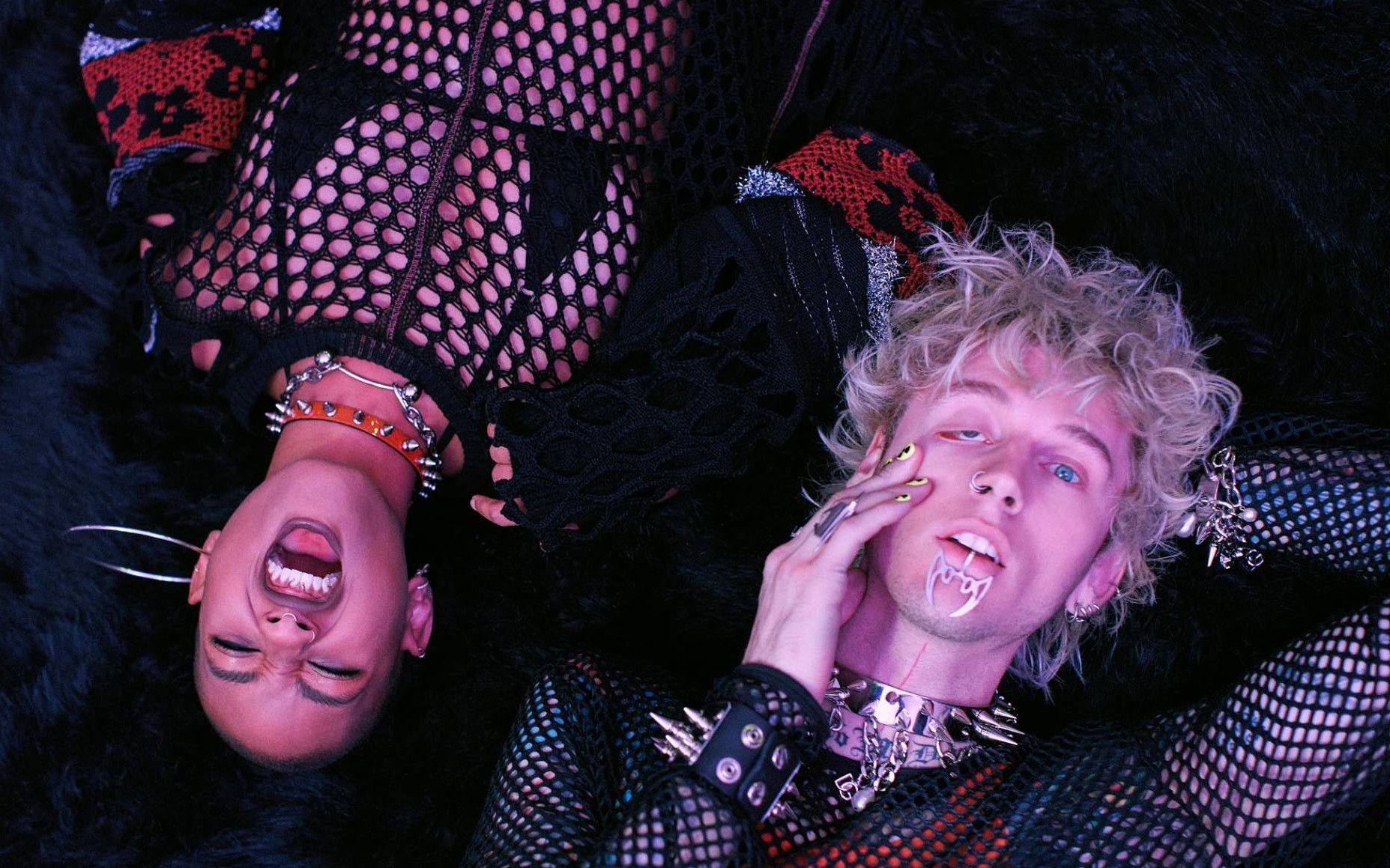
The curious second life of the emocore «I fell in love with an emo girl»
When we talk about emo, we are referring to the last true youth subculture that has been able to involve an entire generation - a subculture that is not just a distant memory halfway between cringe and nostalgia, but an entire aesthetic language capable of evolving and gaining a huge following that doesn't seem to disappear with time. The origins of the term "emo" are to be found in emocore, a subgenre of hardcore punk, whose main feature lies in the strong interest in emotions and feelings, which takes place in the United States around the '70s and '80s, reaching its peak during the '90s. The first emocore groups are Embrace and Rites of Spring, but the greatest exponent of this new movement is Ian MacKaye, the singer of Minor Threat, a group that despite its short career has had a great influence within the scene, so as to be considered even revolutionary. The subculture that tightened around these bands were teenagers united by the need to feel part of a community. This aggregation of young people specifically based its foundations on the search for emotions: depression and pessimism, very often, are their most representative traits. Their colors, the black of hair and eyeliner, the blue of jeans and dyed hair, the occasional touch of red and the metal of studs and piercings.
Detached from reality and disinterested in the judgment of others, the emo subculture has been, along with that of metalheads, the most feared by "adult" society, making its members even more excluded and misunderstood. Emo was the subject of many episodes of moral panic over the years - the most notable moment was in 2008 when the Daily Mail published an article titled Why no child is safe from the sinister cult of emo, blaming the subculture for the suicide of a thirteen year old girl in the U.S. Something that happened in the '80s with the music of Black Sabbath and again in the '90s, after the Columbine massacre, with the music of Marilyn Manson. In spite of this, emo people have proudly continued to give voice to their tormented thoughts in an authentic and free way. If we think about their style, boys in particular, increasingly tired of having to comply with mainstream models of masculinity, experimented with an androgynous aesthetic. The masculine and feminine look becomes interchangeable: the complexion is rigorously pale, dark shoulder-length hair worn with an ever-long quiff and plated to hide one or both eyes, black eyeliner to make oneself sexually ambiguous.
Yet, contrary to what many think, the subculture didn't die out a decade ago but found a way to evolve over the years. During the last decade the music, clothing and style of the emo scene have changed, managing to adapt to the new market of Gen Z, extremely receptive to change but also, like the "original" emo, eager to define and build their own identity. However, times have changed: the emo aesthetic is no longer considered ambiguous or overtly dark, but a style, an aesthetic - something that does not directly involve moral aspects but signals membership in a "scene". A whole generation of artists, by the way, has declared its love for this genre: from Matty Healy of The 1975 who called himself "the Emo Lord" to Halsey who said he loved My Chemical Romance.
Even in pop and television culture the offshoots of emo culture survived: Effy from Skins or Maeve from Sex Education are all examples of looks adjacent (both visually and thematically) to that style - embodied, in its reinterpretation for Gen Z, especially by singers like Phoebe Bridgers and Billie Eilish, with her dyed hair, eyes full of eye-liner and studded belts. In the first years of her career Billie Eilish showed an emo attitude, both in the melancholic writing of her lyrics and in her look and make-up: half-eyelid eyes that never leave the camera, dyed and bleached hair, chokers, chunky studded sneakers. Last weekend, at the Oscars ceremony, where she won the award for Best Song, Eilish stayed true to her emo aesthetic by showing up in a long black Gucci dress. Even for Phoebe Bridgers, who is also a singer so tied to Gucci that she walked the runway during the Love Parade show in Los Angeles, the insistence on very emocore themes passes as much through artistic production as through personal style - just think of the Thom Browne dress worn by the singer at last year's Grammys decorated with all-over skeleton embroidery.
Considering how important music is to the return of this style, even in an era dominated by hip-hop, American artists have returned to reflect and paint a collective regression to teen angst. Sometimes it can be something superficially aesthetic, as in the song Emo Girl by Machine Gun Kelly and WILLOW. But already in the recent and very recent past the music scene has not abandoned this fascination with the more melancholic aspects of life: from the sadness aesthetic of Yung Lean, to Paramore trending on TikTok, not to mention Avril Lavigne reconsecrated as e-girl queen alongside Travis Barker.
This wave, undermined a few years ago by the hip-hop boom, is now back in the guise of so-called "emo rap." What these two worlds have in common are shared feelings: sadness, anger, malaise and precarious mental health - all combined with a hybrid musical output, with a melancholic but also carefree vibe. There are those who believe that the father of this musical genre is Kid Cudi, who dealt with emocore themes in his album Man on the Moon: The End of the Day, released in 2009, and often criticized for his chaotic style and nihilistic lyrics suspended, however, on relaxed notes powered by beats and samples from the punk/rock of the 2000s.
Emo rap has the merit of hybridizing different genres and attempting a more truthful tale of reality, an imagery that manages to mix colorful tones with the shadows of an existence in the balance. And unfortunately, speaking of lives suspended and now lost, the most representative examples of this rainbow in black and white are Lil Peep, XXXTentacion and Juice WRLD. Their imagery was, and is, clear and well-defined: the inner malaise they experienced managed to attract the attention of fans from all over the world and was able to empathize with others, making them feel heard and cared for. The thread then continued unendoe emorap to cloudrap with artists such as Yung Lean and the Sad Boys collective, the first to make us live the dreaminess of vapowave without neglecting the emotional introspection. Defining the aesthetics and style of this genre is not easy, since it is intrinsic to infinite sub-genres, a multisensory experience born in the chaotic era of the internet. In the Italian scene, however, we can identify Side Baby's first solo piece, Medicine, released four years ago, as the perfect representation of this scene. The emergence of a new scene also resides in the songs of many exponents of the second generation trap, as Sxrrxland, TauroBoys and Pretty Solero, the first spokesmen of the instances cloud and emo.
We can therefore say that today's emo universe is not only that of Fall Out Boys and Tokio Hotel, or even Dari and Vanilla Sky, to name the Italian exponents. The musicality, as well as the style, have undergone a change adapting to the current pop scene. MySpace has been replaced by TikTok, populated by e-boys and e-girls, where talking about mental health and drug abuse is equivalent to talking about your zodiacal ascendancy. Topics that have been stigmatized and labeled for years have finally found a place in the world and gained their deserved importance. Thanks to aestethic sadness and its exponents, the sense of identification aroused by the emocore scene for years is inevitable but, above all, unstoppable.










































